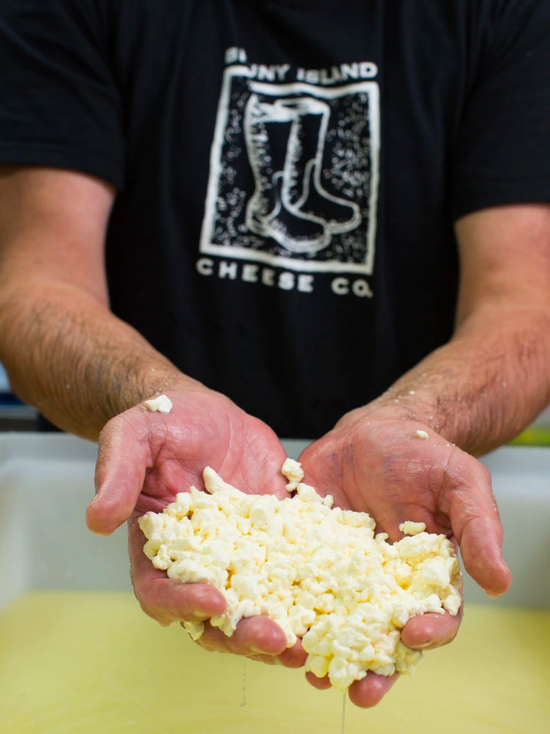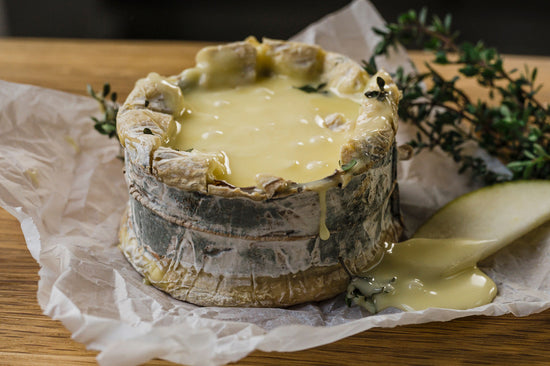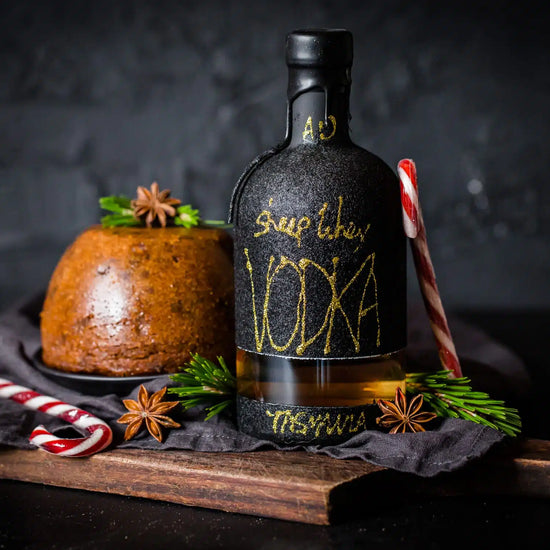
What is blue cheese and how is it made?
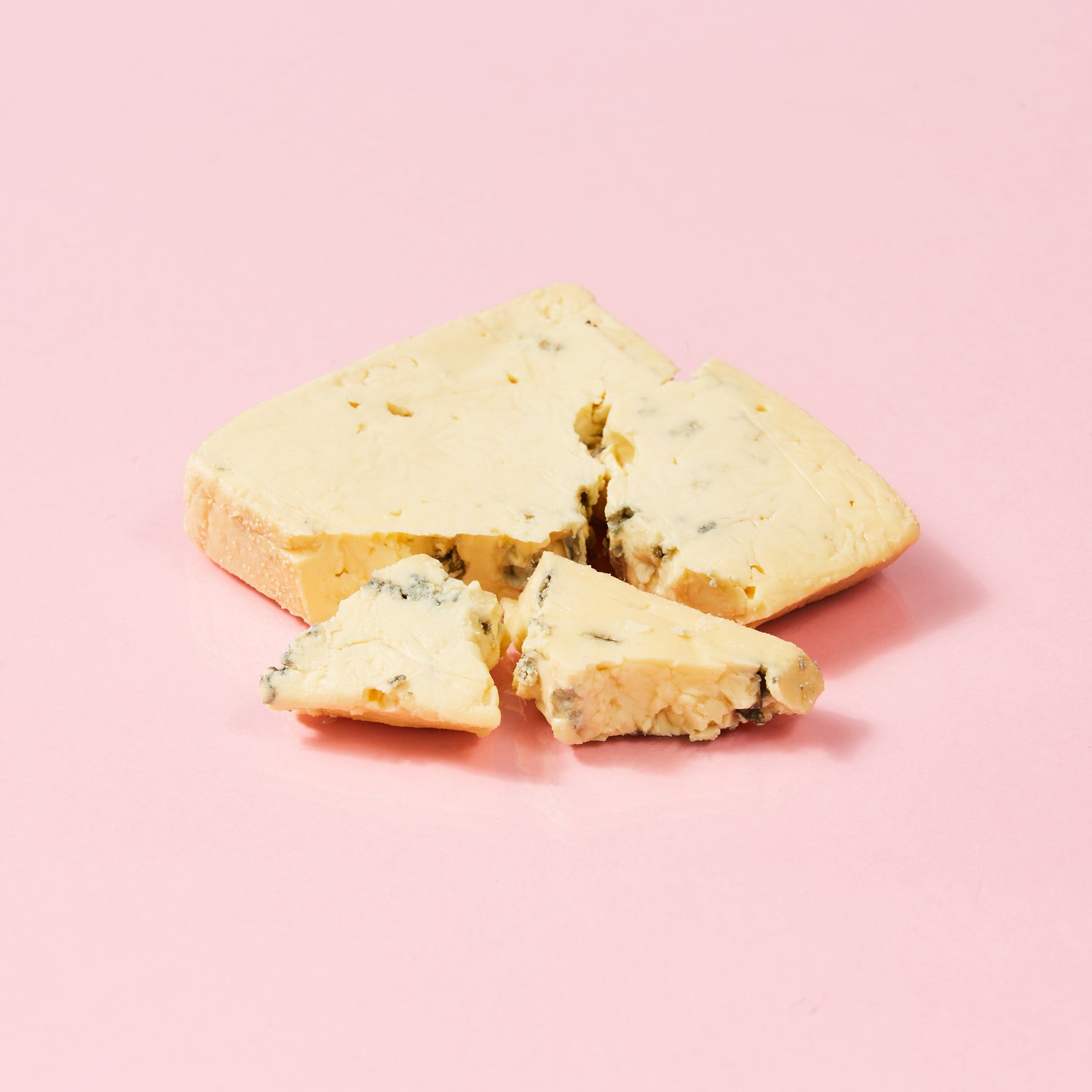
WHAT IS BLUE CHEESE?
It is a question that many ask due to its interesting look and particular scent. It is perhaps the most divisive cheese but do not be afraid of the wonderful world that is blue cheese. If you are one of those haters then I am a firm believer that you just haven't met the right blue.
Blue cheese is a type of cheese that is characterised by the presence of blue or blue-grey veins running throughout the cheese. Yes these blue veins are mould but they are not to be feared. These veins are the result of mould - typically Penicillium Roqueforti - being added during the production process.
Some blues are mild and gentle while others are bold and strong. It is a category with much versatility and thus can be used in diverse ways. Blue cheese sauce, crumble through salads, pasta dishes or just as a table cheese there is much more to blues then people think.
There are many different types of blue cheese, each with its own unique flavour, texture and characteristics. Some of the most well-known types of blue cheese include Roquefort, Gorgonzola, and Stilton.
How to convert the blue cheese haters to LOVERS
If you are curious about blue but haven’t found the ones that make you swoon or you have that one friend who is addamitaly against them then here are a few tips to help convert those haters to lovers.
1. Start off with something more mild. Do go reaching for the bold strong blue so newcomers. Try something like Berry’s Creek Riverine Buffalo Milk blue. This one is clean and mild and texture to die for.
2. Think about pairing. Add some bread, quince, pear, honey or nuts to mellow and balance out the flavour.
3. Cook with it first. Blue cheese sauce or pasta is a great way to open people up to the endless possibilities that blue cheese has to offer.
4. Think about serving it cold, this closes off some of the flavour and lower the intensity.
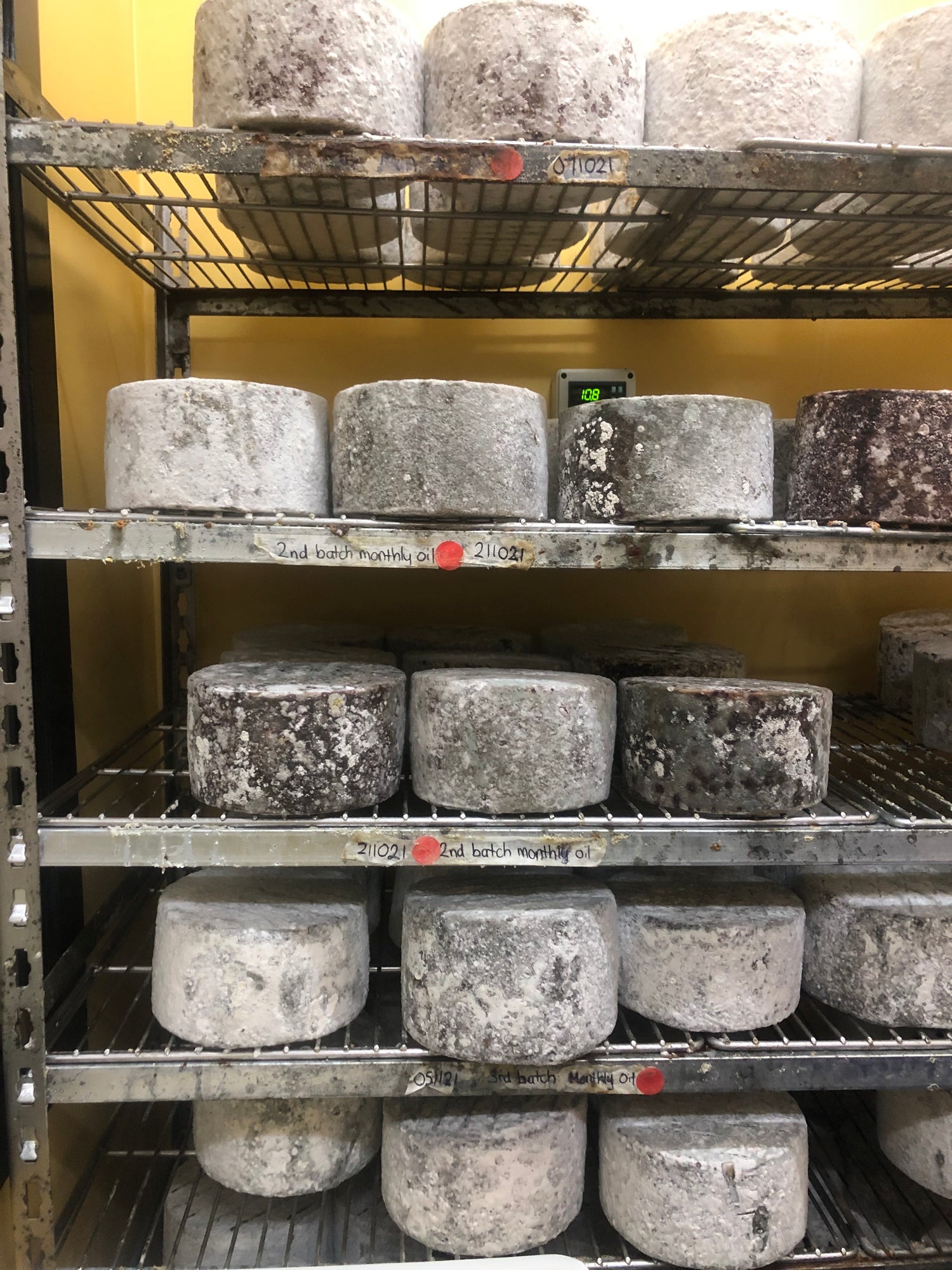
HOW is Blue cheese Made?
Firstly we start with the milk. As Clifton Fadiman said, cheese “is milk’s leap towards immortality”. Souring the very best milk to the type of cheese is vital. For blue cheese it can be made from cow, sheep, buffalo or goat.
The milk then typically goes through a pasteurisation process, however there are blue cheeses like Roquefort which are not pasteurised.
Next, a starter culture is added to the milk. This culture contains bacteria and enzymes that will help to convert the lactose in the milk into lactic acid. The addition of the starter culture helps to lower the pH of the milk and sets the stage for the next step in the cheese making process.
Once the starter culture has been added, a mould culture is also introduced to the milk. The most common mould culture is Penicillium Roqueforti which creates the blue veins in blue cheese.
Next rennet, which is an enzyme typically added to help to coagulate the milk. Once the curds are formed and cut they whey is drained.
The next step in the cheese making process is to press and shape the curds into the desired shape. The cheese is then placed in hoops and pressed to remove any remaining whey and to give the cheese its final shape.
After the cheese has been shaped, it is typically aged for a period of time. The maturation can vary depending on the type of blue cheese being made, but it is usually several weeks to several months. During this time, the mould continues to grow and produce enzymes that contribute to the flavour and texture of the cheese. The affineur regularly checks and tastes each batch shepherding the cheese through its maturation.
Once the cheese has matured it is then cut and wrapped and read for you to consume.


